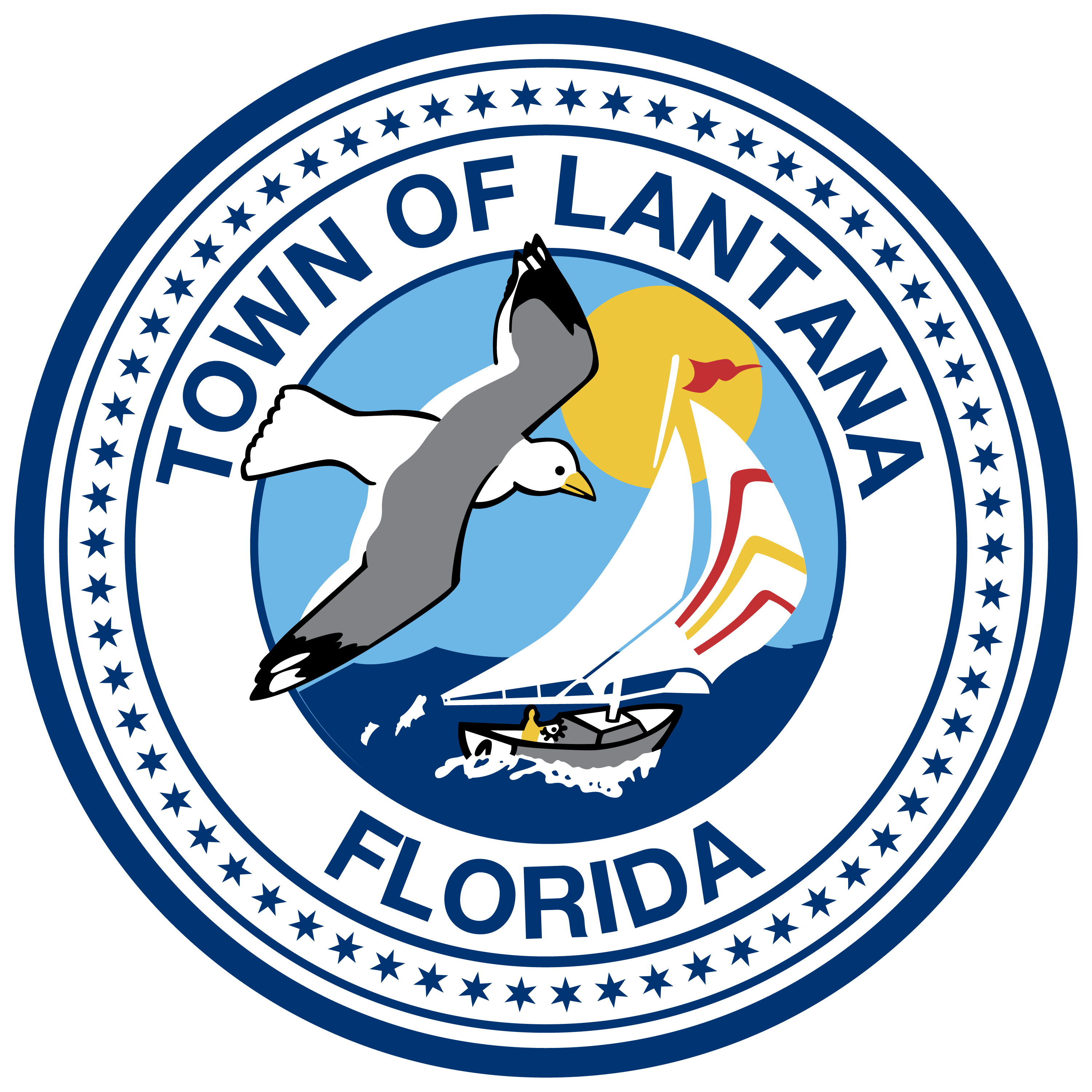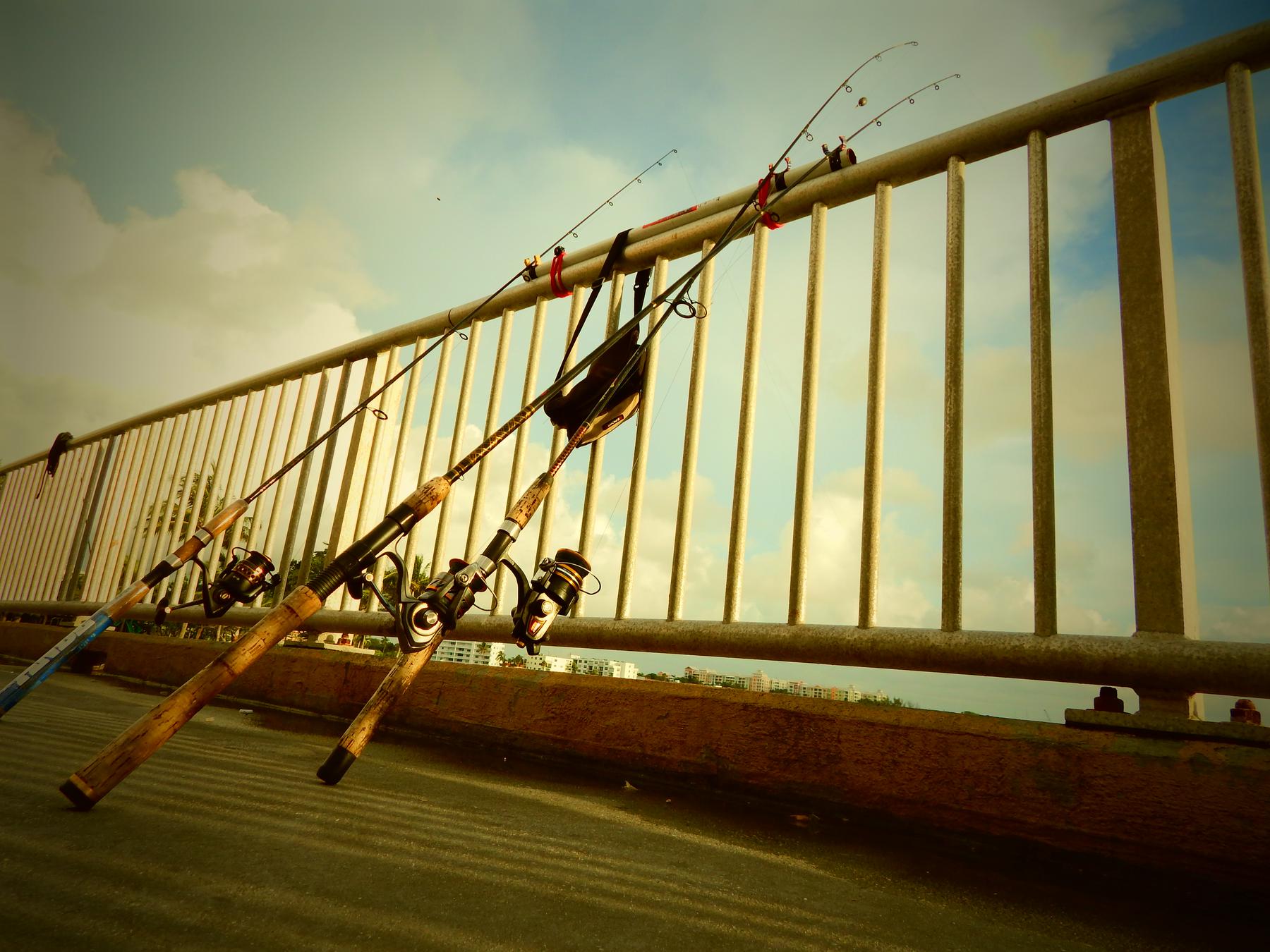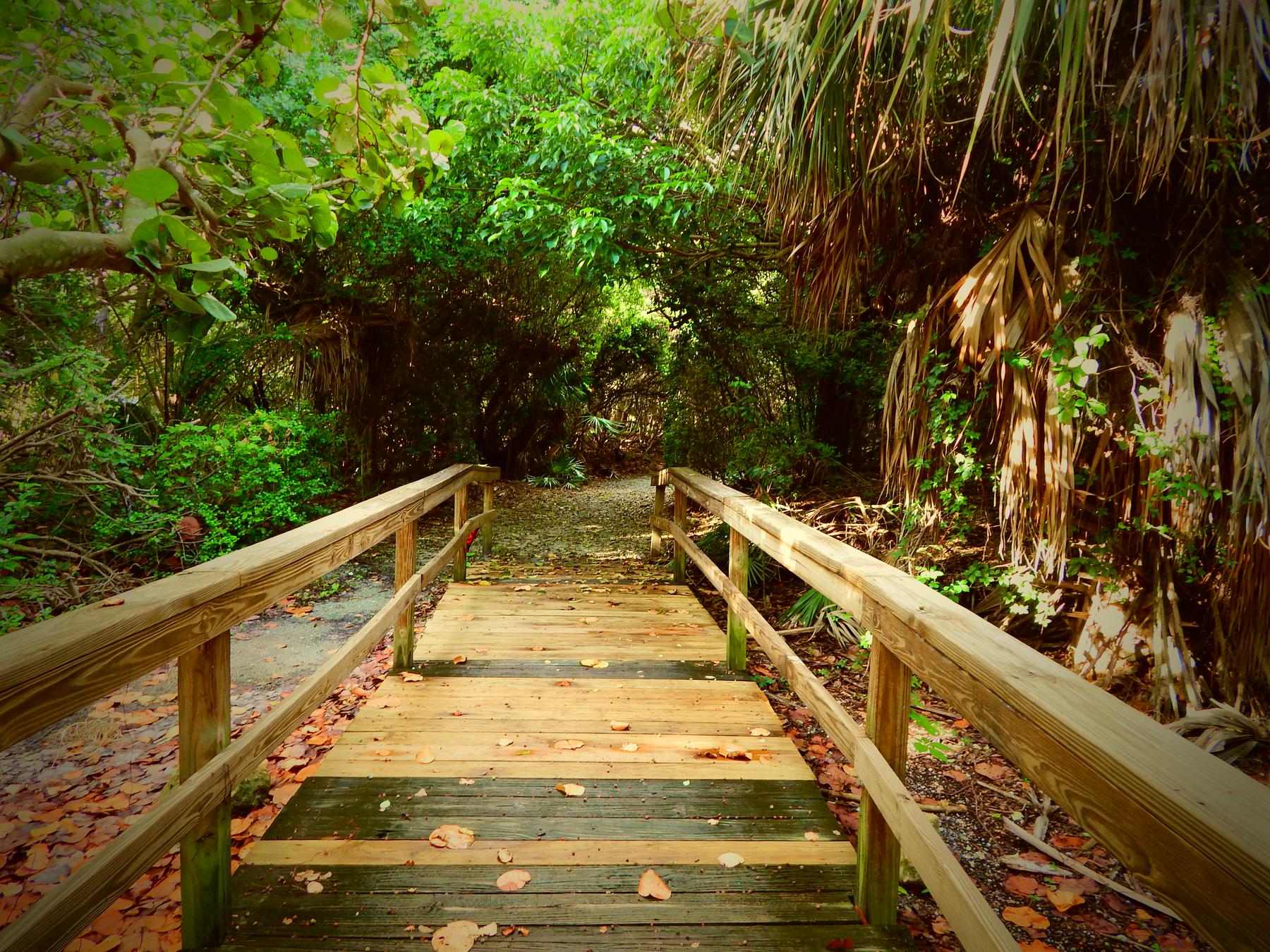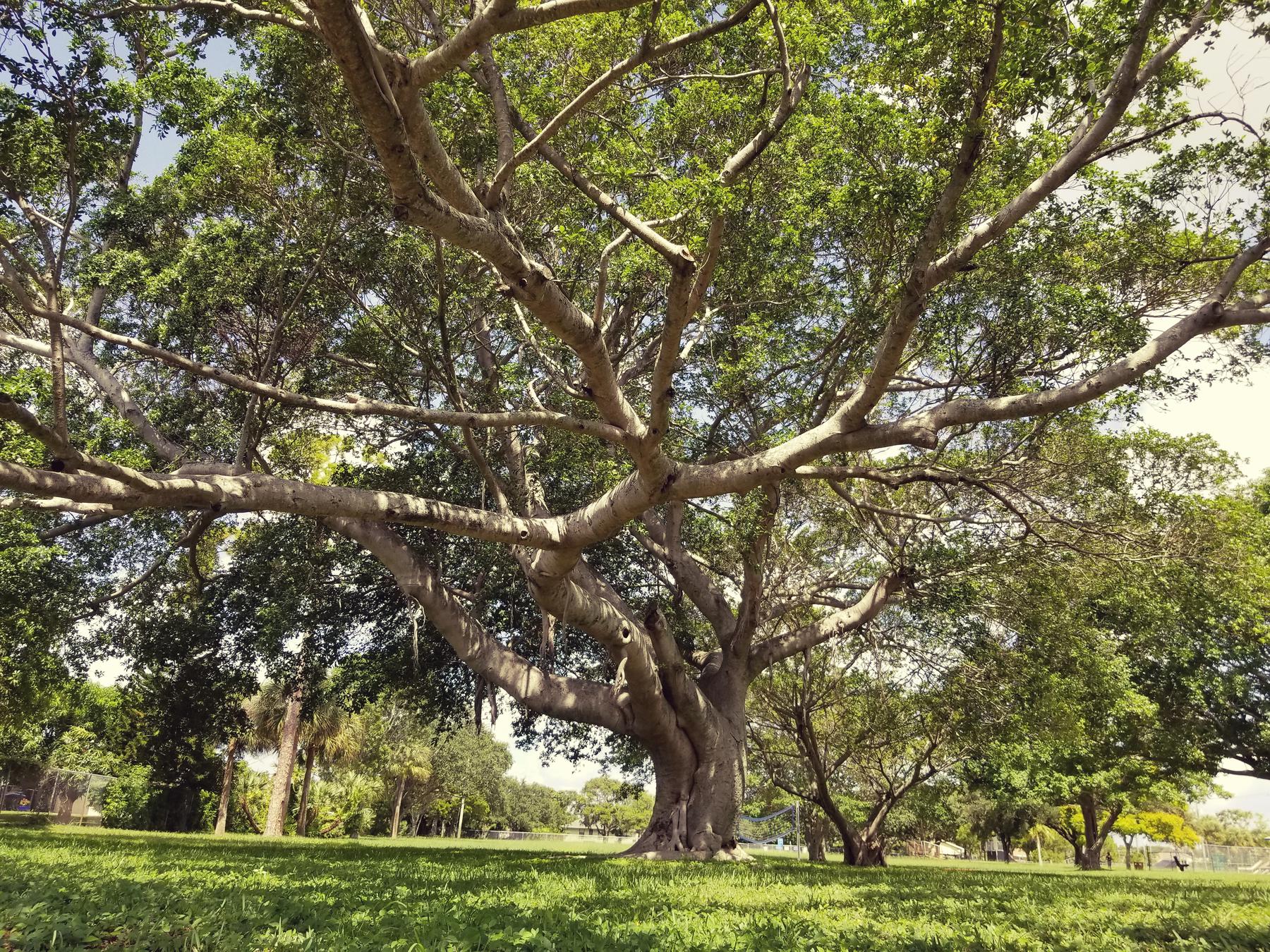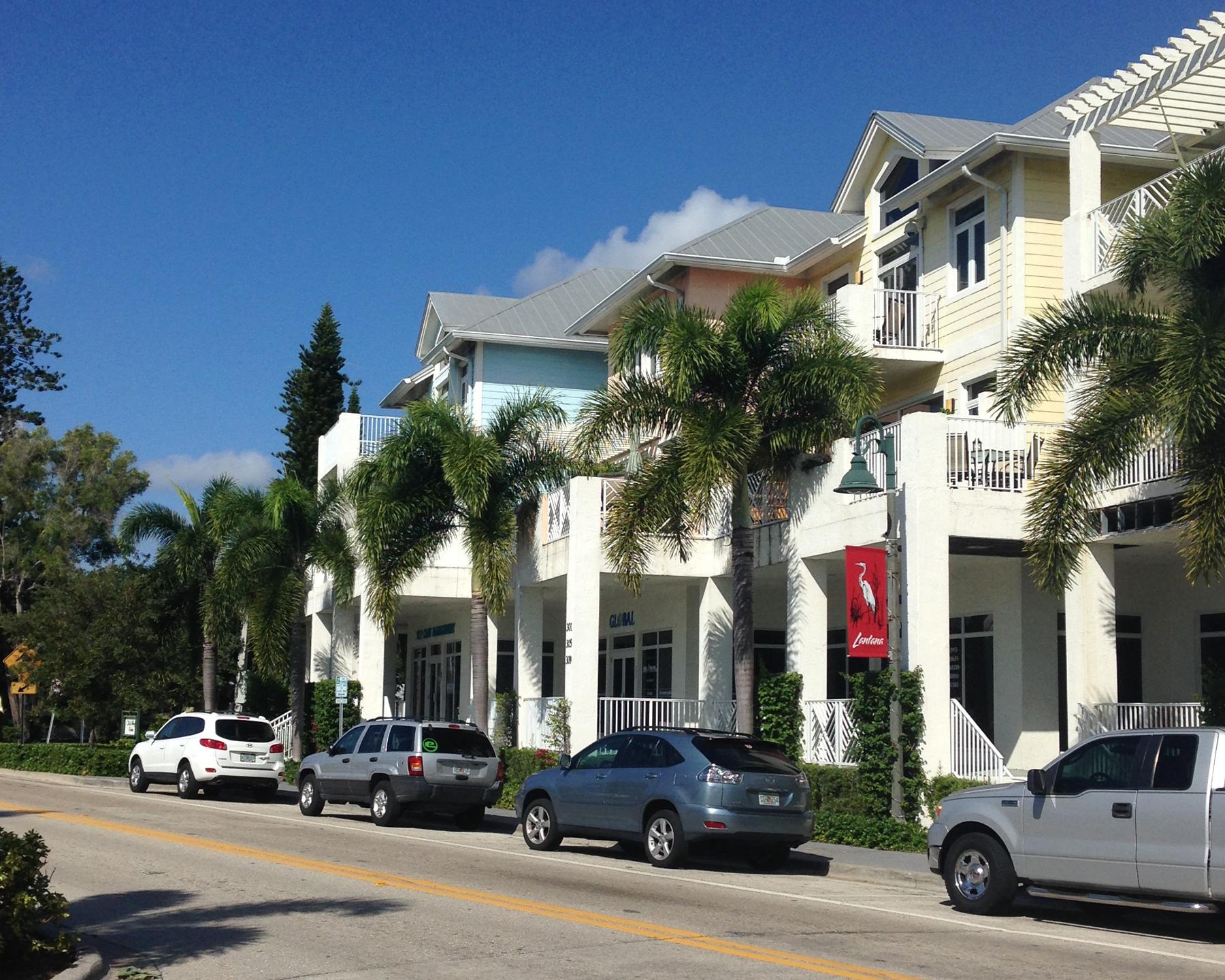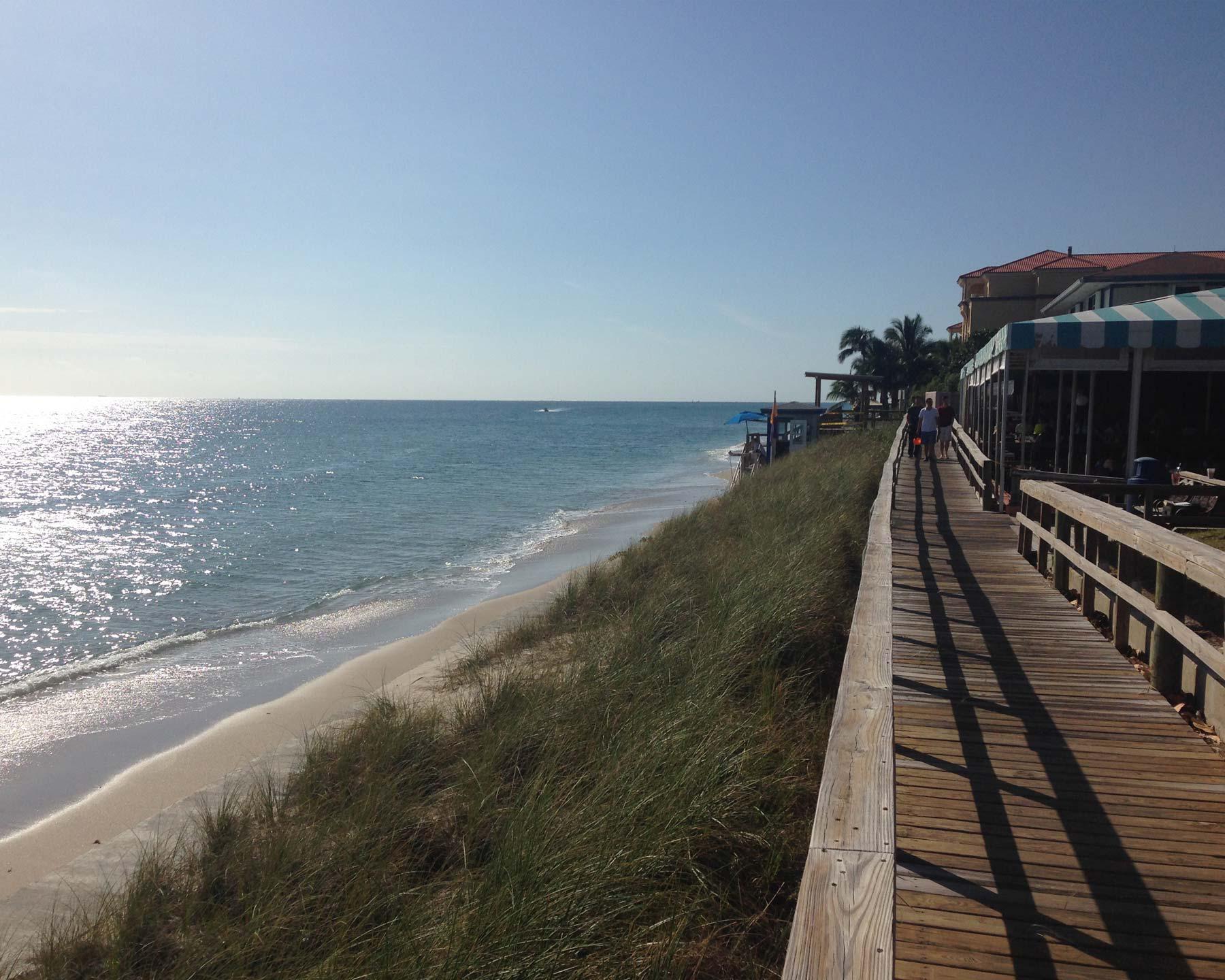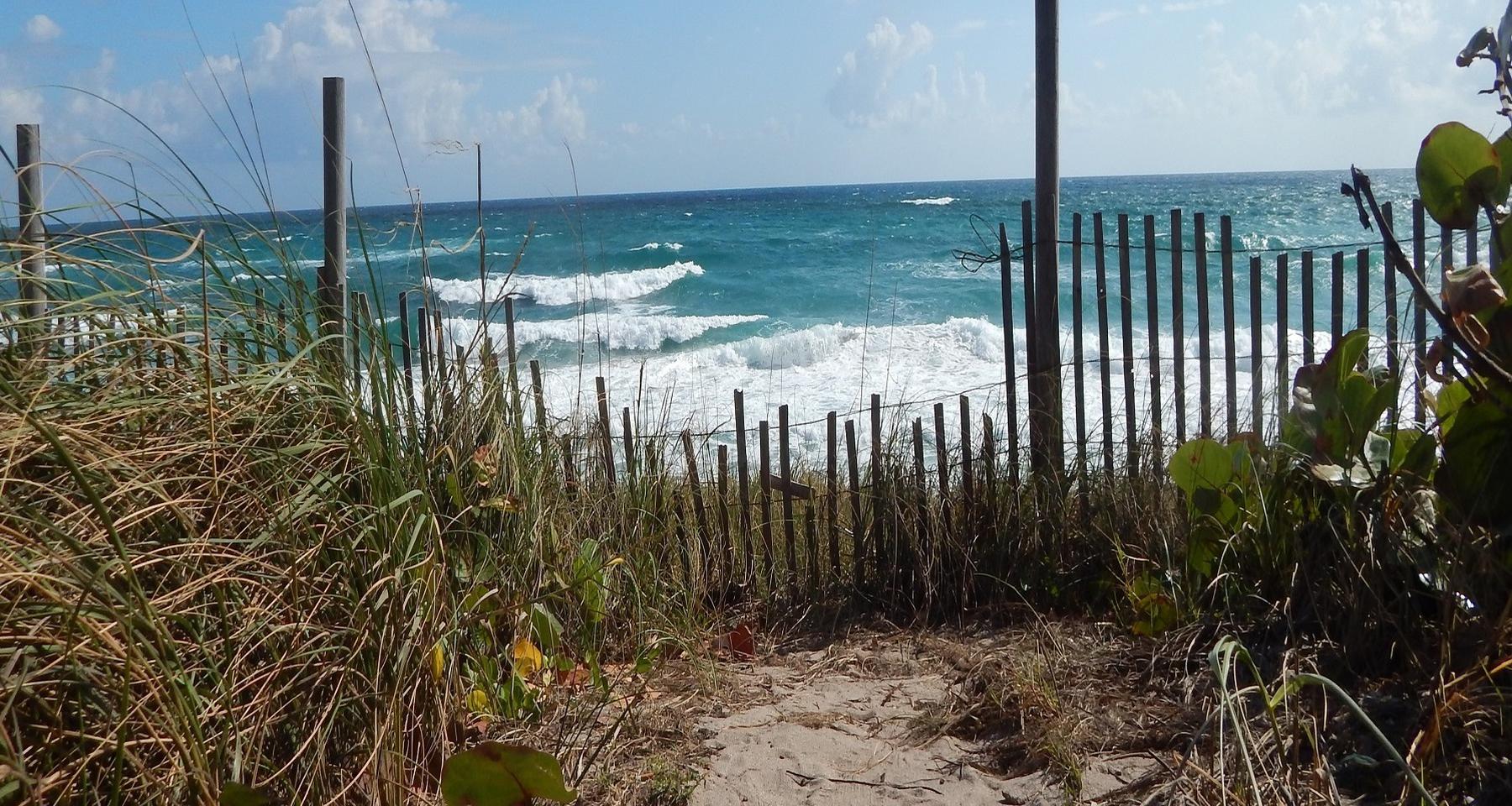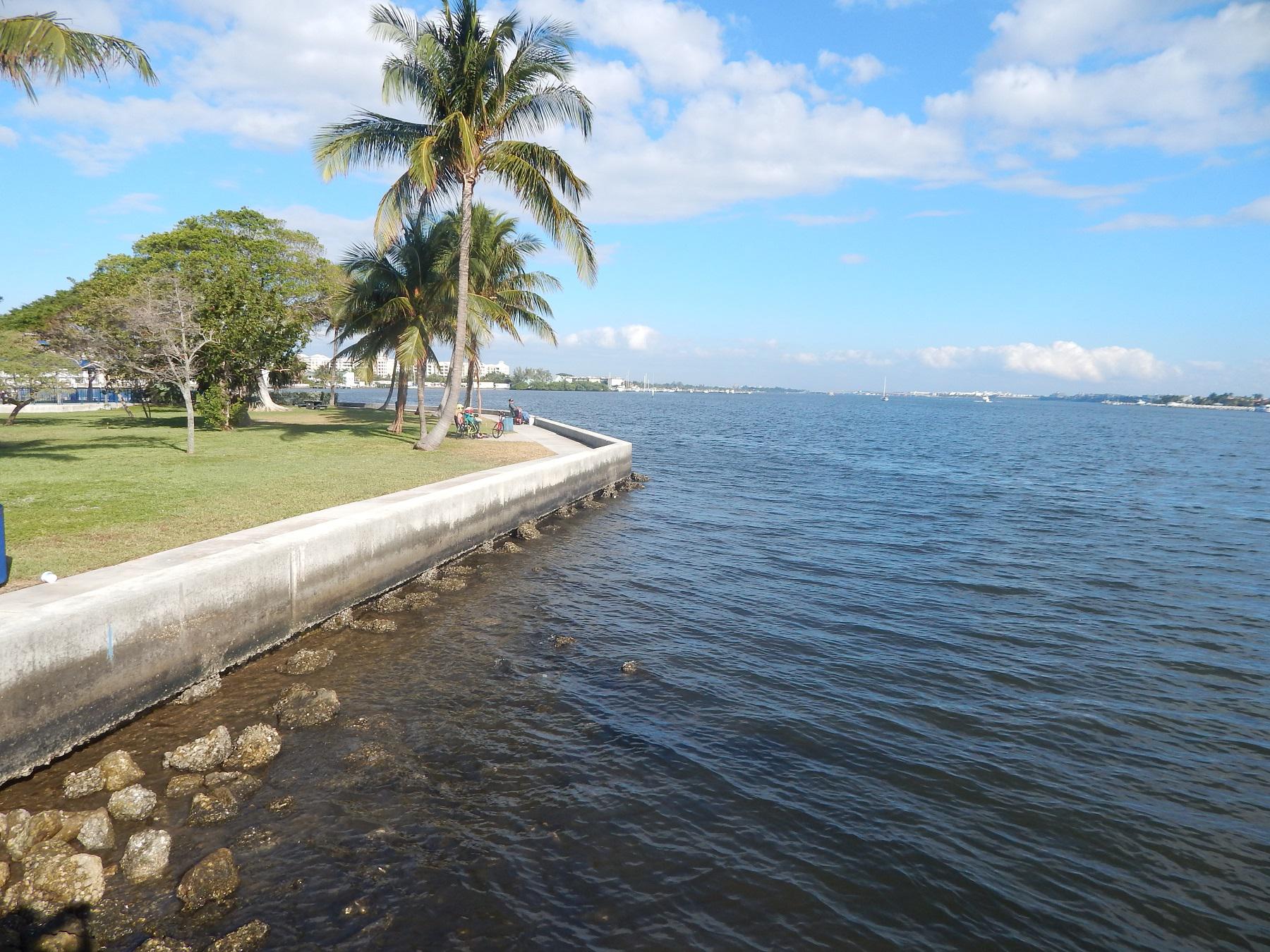Cross Connection Codes
In compliance with the mandate of the Florida Safe Drinking Water Act and Appendix D of the Standard Plumbing Code, the Town of Lantana hereby adopts a thirty-three-page Cross Connection Control manual which is attached hereto for reference as Exhibit A and made a part hereof as if fully set forth herein which may be amended from time to time by the utility department as technology or law mandates.
(Ord. No. O-2-90, § 1, 8-27-90)
Backflow prevention devices are hereby required at all premises likely to have cross connections as described in the American Waterworks Association M-14 Backflow Prevention Manual, 1972 Edition, as modified by the town. This manual sets forth potential cross connections between the consumer's water system and certain types of equipment, specialized installations, and water uses which afford opportunity for backflow into the public water system. All such facilities and systems as set forth in the manual (Exhibit A) shall have backflow prevention devices unless it is demonstrated to the satisfaction of the town that no opportunity exists for backflow of water from the consumer's system into the public water supply of the town. This requirement applies to new construction and existing structures, as well.
In addition, backflow prevention devices shall be installed at the service connection on the consumer's side of the meter upon any premises where the nature and extent of the activities on the premises, or the materials used in connection with the activities or materials stored on the premises present an immediate and dangerous hazard to health should a cross connection occur, even though such cross connection does not exist at the time the backflow prevention device is to be installed. Decisions regarding replacement of backflow prevention devices shall be made by the town in accordance with the guidelines set forth in the Cross Connection Control Manual (Exhibit A).
(Ord. No. O-2-90, § 1, 8-27-90)
The type of backflow prevention device to be installed shall depend on the degree of hazard which exists or may occur. A double check valve assembly, atmospheric vacuum breaker, pressure vacuum breaker or reduced pressure backflow preventer shall meet or exceed any of the following standards and specialized installation methods:
(1) University of Southern California Foundation for Cross Connection Control and Hydraulic Research, Specifications of Backflow Prevention Devices No. 69-2, or the most current issue.
(2) American Waterworks Association Standard C506-78 (Revision of C506-69).
(Ord. No. O-2-90, § 1, 8-27-90)
(1) Types of devices. An air gap separation or a reduced pressure principle backflow prevention device shall be installed where the water supply may be contaminated with sewage, industrial waste of a toxic nature, or other contamination which would cause a health or water system hazard. In the case of a substance which may be objectionable but not hazardous to health, a double check valve assembly, air gap separation, atmospheric vacuum breaker, pressure vacuum breaker or a reduced pressure principle backflow prevention device shall be installed.
(2) Installation location. Backflow prevention devices shall be installed on the consumer's side of the water meter at the location designated by the town. The device shall be located so as to be readily accessible for maintenance and testing, and where no part of the device will be submerged.
(3) Consumer's expense. Backflow prevention devices shall be installed by a certified backflow prevention device technician or licensed plumber at the consumer's expense. All installations will be completed in accordance with plans and specifications approved by the town.
(4) Annual inspection required. Backflow prevention devices shall be inspected annually or more frequently as the degree of hazard mandates, and tested by a certified backflow prevention device technician. A nominal inspection and/or re inspection fee shall be charged by the town; the amount of which fee shall be set by resolution of the town council.
(Ord. No. O-2-90, § 1, 8-27-90)
All cross connections, whether or not such cross connections are controlled by automatic devices such as check valves or by hand operated mechanisms such as gate valves or stop cocks are hereby prohibited from future installation and on existing installations. All cross connections shall be removed and approved backflow prevention devices installed.
(Ord. No. O-2-90, § 1, 8-27-90)
Failure of the consumer to install, maintain, or permit the testing and inspection of backflow prevention devices by the town as required in this article shall be grounds for termination of the water service to the premises by the town. In the case of an immediate hazard to the public health, the water service may be terminated without notice to the consumer immediately although a hearing before the utilities superintendent shall be immediately scheduled upon the request of the consumer to determine whether the water service termination was just and appropriate. Customer's request to the utility department for hearing must be made in writing within five (5) days of termination or notice thereof.
The town may call upon the chief of police to assist in enforcing any of the provision of this article.
The owner or general agent of a building or premises where a violation of any provisions of this article has been committed or still exists, or the lessee or tenant of the entire building or leased premises where such violation has been committed or shall exist or the owner, general agent, lessee or tenant of any part of a building or premise in which such violation has been committed or shall exist, or the general agent of any other person who commits, takes part in, or assists in any such violation, or maintains any building or premises in which such violation shall exist, shall be guilty of violating this section; and shall be subject to termination of water supply and all applicable fees as set forth by resolution of the town council.
(Ord. No. O-2-90, § 1, 8-27-90)
